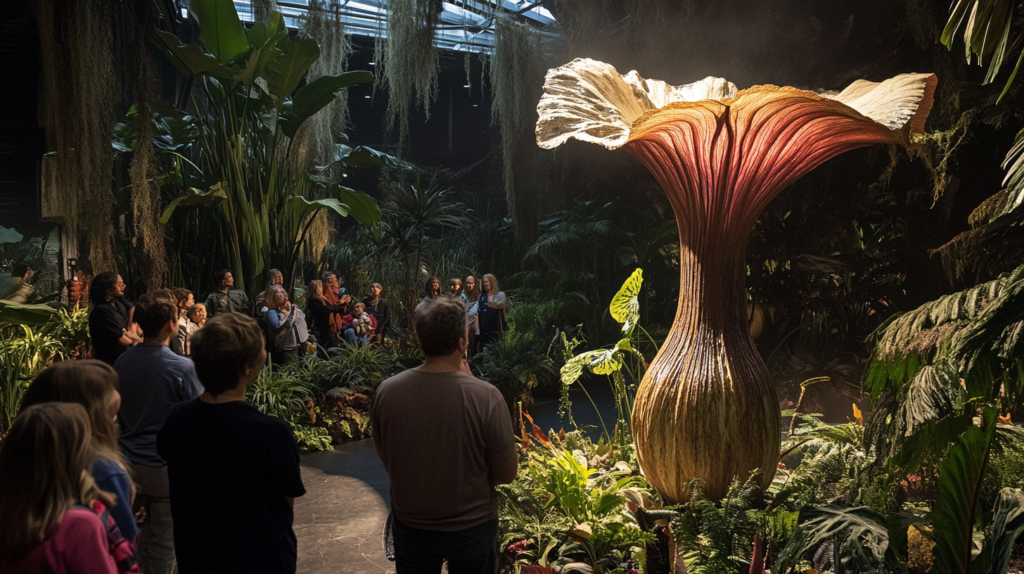The corpse flower is one of nature’s most intriguing and bizarre creations. This giant bloom, known for its overwhelming stench of rotting flesh, captivates botanists and curious onlookers alike. Let’s dive into some of the most fascinating facts about this unusual plant.
It’s Not Actually a Single Flower
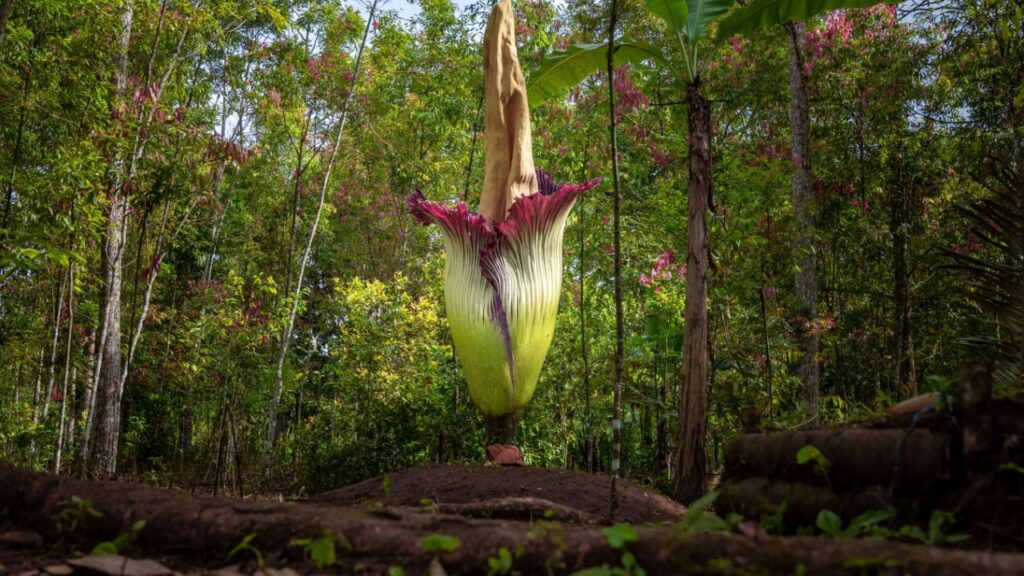
Despite its name, the corpse flower isn’t a true flower. It’s actually an inflorescence, which is a cluster of many small flowers. The structure we see is called a spadix, surrounded by a large, petal-like structure called a spathe. This complex arrangement contributes to the plant’s unique appearance and function.
Its Scientific Name Is a Bit Naughty
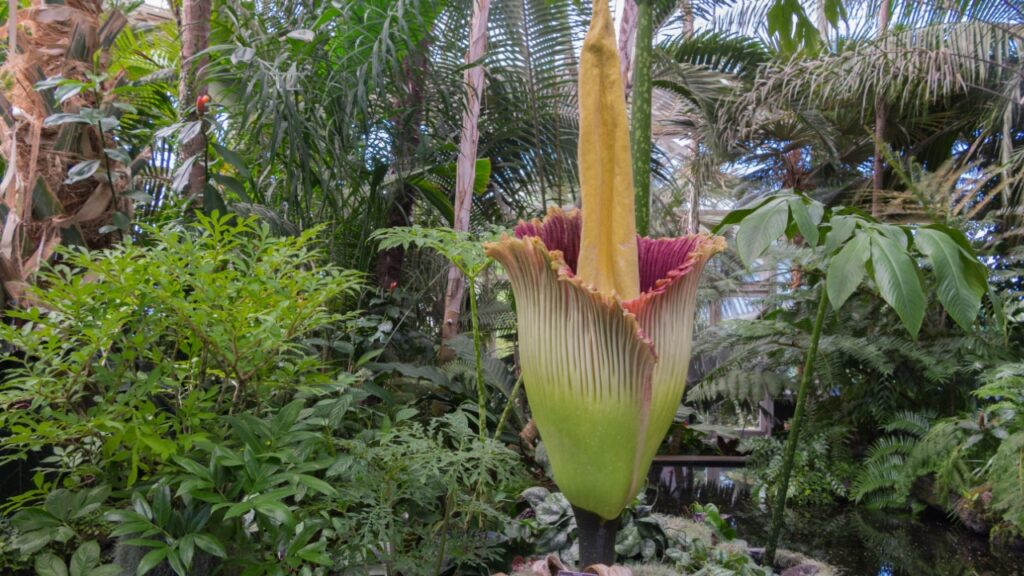
The corpse flower’s scientific name, Amorphophallus titanum, has a rather cheeky meaning. In Latin, it translates to “giant misshapen phallus.” This name was given due to the plant’s distinctive shape. Botanists must have had a good laugh when they came up with this one!
It’s Native to Sumatra
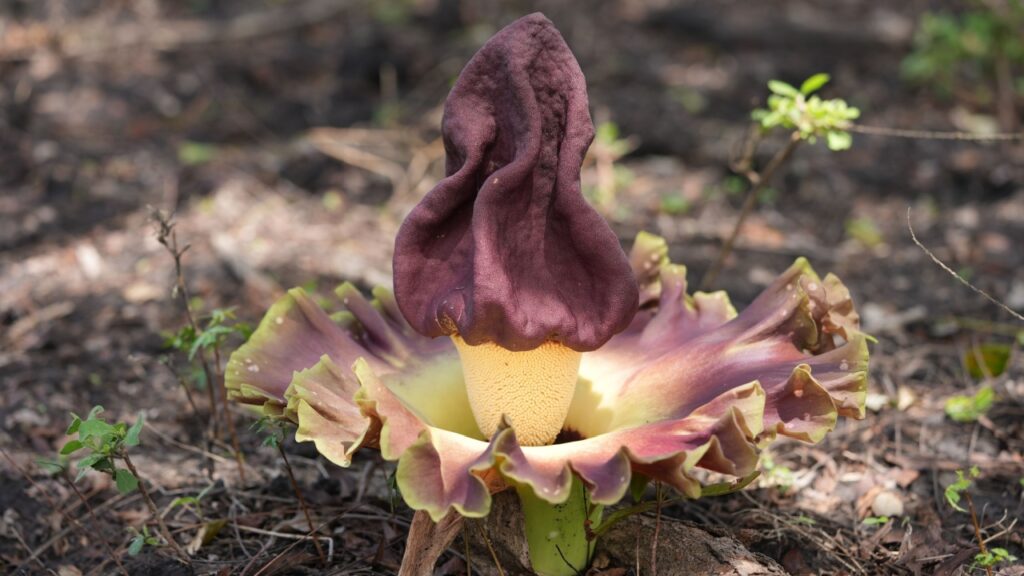
The corpse flower calls the rainforests of Sumatra, Indonesia, its home. It was first discovered there in 1878 by Italian botanist Odoardo Beccari. In its natural habitat, the plant plays a crucial role in the ecosystem, attracting pollinators that thrive on the scent of rotting organisms.
It Can Grow Up to 10 Feet Tall

At its fastest, the titan arum grows between 15 and 18 centimeters per day. When fully grown, it can reach heights of up to 10 feet. This rapid growth and impressive size make it one of the most spectacular plants in the world. Its enormous size is part of what makes it so captivating to observers.
Its Smell Attracts Pollinators
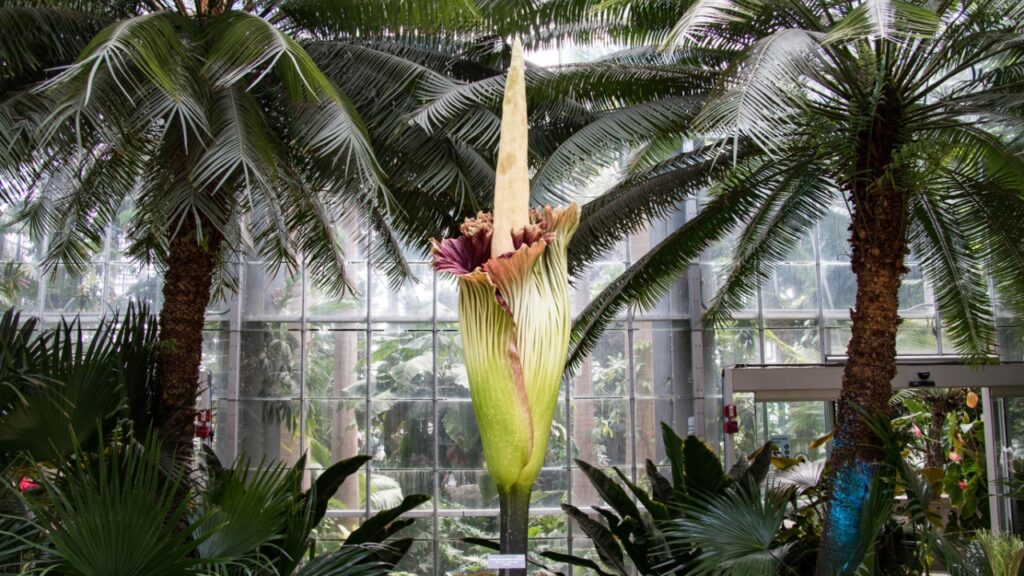
The corpse flower’s infamous stench serves a vital purpose. The smell of rotting flesh attracts carrion beetles and flesh flies, which are its primary pollinators. These insects are fooled into thinking they’ve found a delicious meal, and in the process, they help the plant reproduce.
It Blooms Rarely
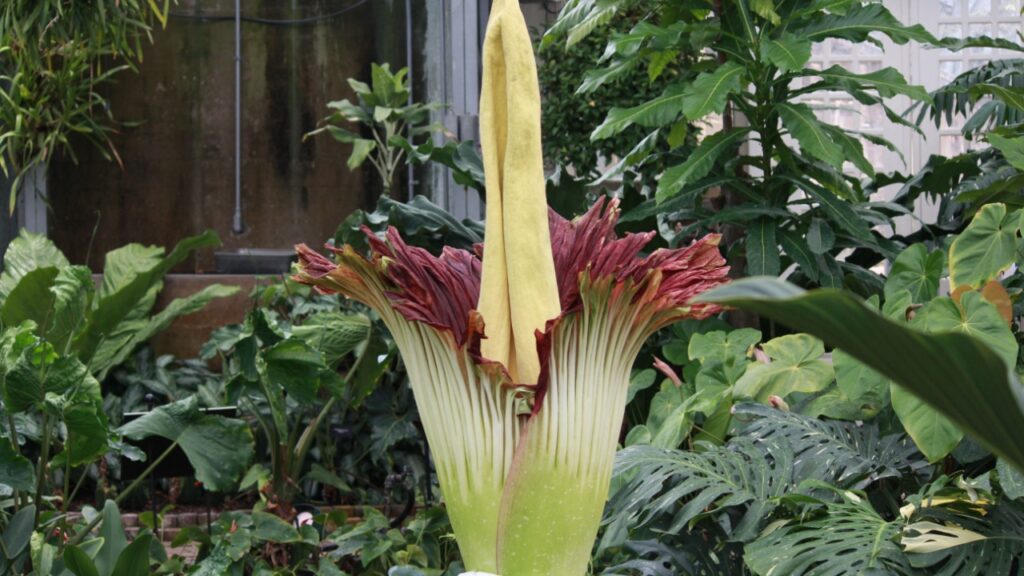
Corpse flowers bloom very rarely, on average every 7-10 years. This infrequent blooming makes each event a special occasion. Botanical gardens around the world celebrate when their corpse flowers bloom, often attracting thousands of visitors eager to catch a glimpse (and a whiff) of this rare occurrence.
Its Bloom Lasts Only 24-36 Hours
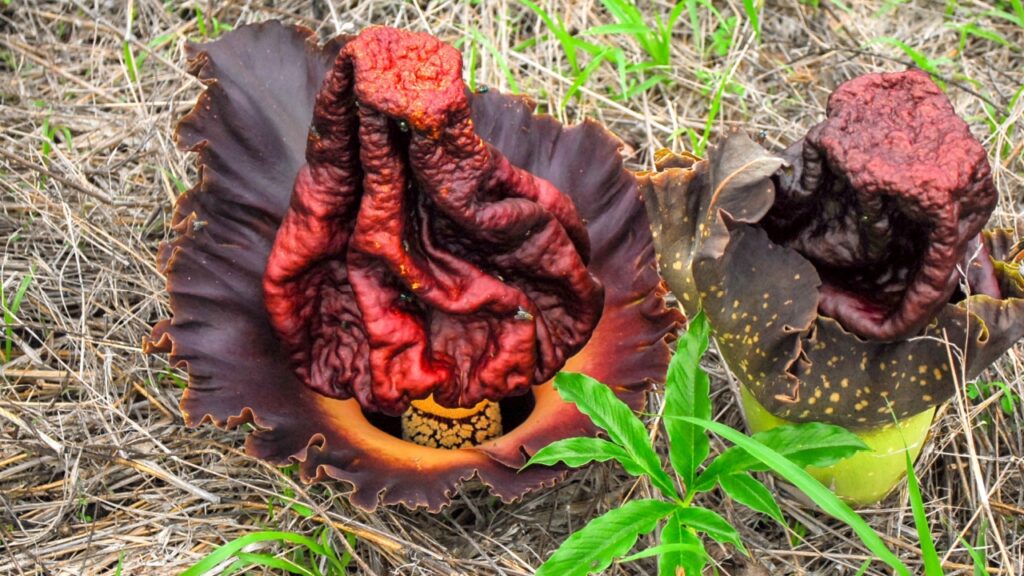
When the corpse flower does bloom, it’s a fleeting event. The bloom typically lasts only 24-36 hours before it begins to wilt. This short window adds to the excitement and urgency surrounding a blooming event. Botanists and flower enthusiasts often stay up all night to witness the full blooming process.
It Generates Its Own Heat
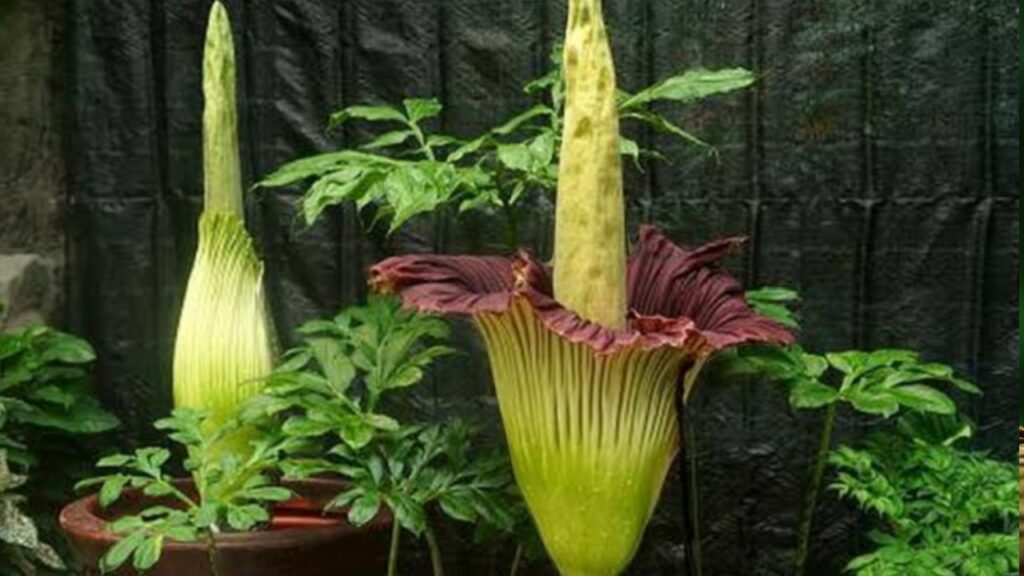
During blooming, the corpse flower can generate heat up to human body temperature. This process, called thermogenesis, helps the plant disperse its pungent odor more effectively. The warmth also mimics the body heat of decaying animals, further attracting carrion-feeding pollinators.
It’s Endangered in the Wild
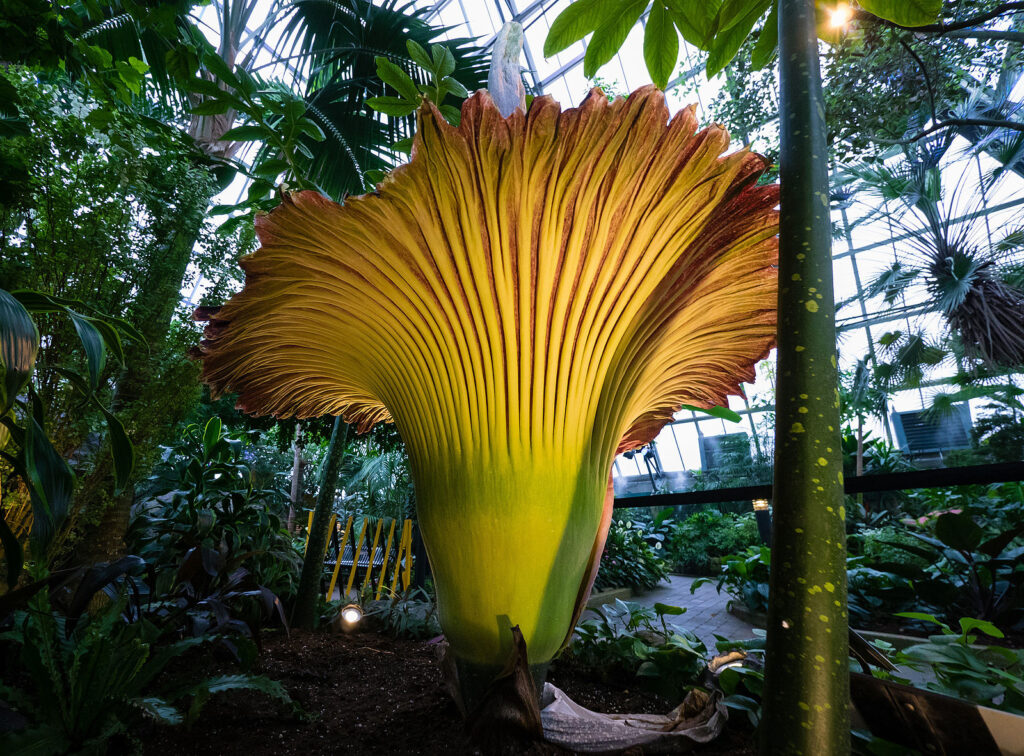
Sadly, the corpse flower is facing threats in its natural habitat. Deforestation in Sumatra has significantly reduced its population in the wild. Conservation efforts are underway to protect this unique species, with many botanical gardens around the world cultivating corpse flowers to ensure their survival.
It Has the Largest Unbranched Inflorescence
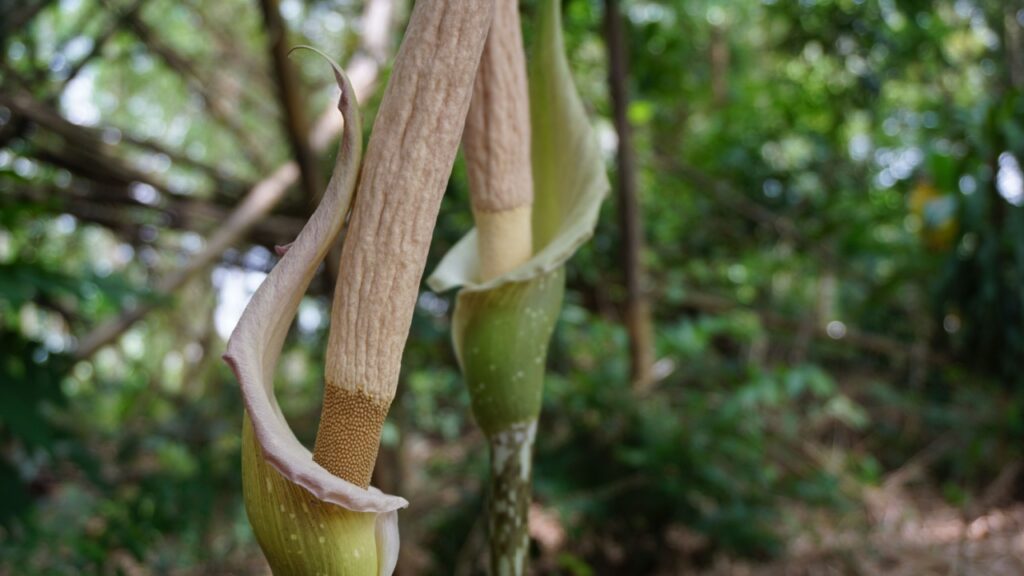
The corpse flower boasts the largest unbranched inflorescence in the plant kingdom. This means it has the biggest cluster of flowers on a single stem of any plant in the world. This impressive feature adds to its allure and makes it a subject of fascination for botanists and plant enthusiasts alike.
Its Leaves Can Grow to 20 Feet
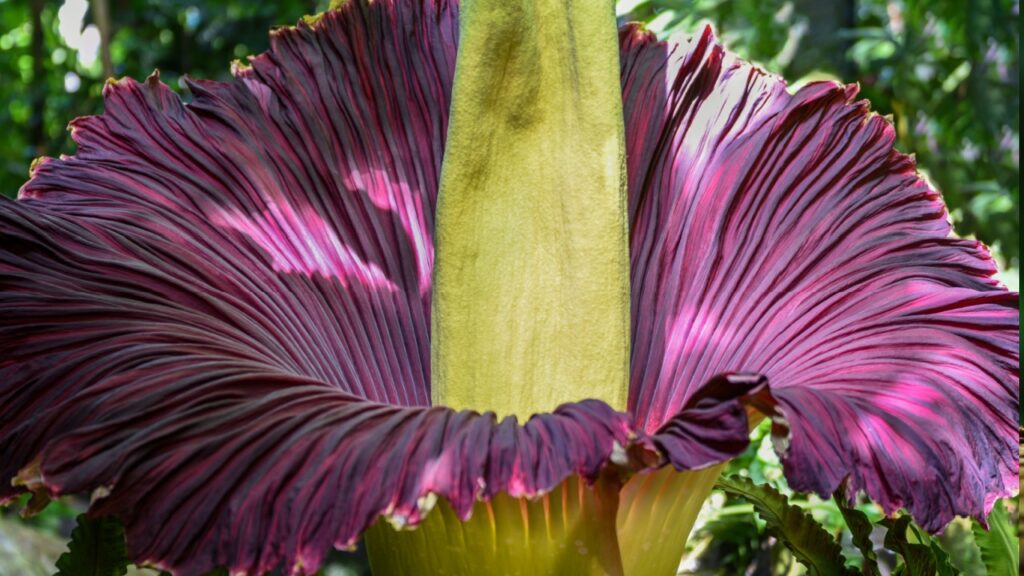
When not in bloom, the corpse flower produces a single leaf that can grow up to 20 feet tall and 16 feet wide. This leaf is so large that it’s often mistaken for a tree. The plant puts a lot of energy into growing this massive leaf, which helps it gather enough energy to eventually produce its spectacular bloom.
It Was First Cultivated in the West in 1889

The first corpse flower to bloom outside of its native Sumatra was at London’s Royal Botanic Gardens in 1889. This event caused quite a stir in the botanical world and sparked widespread interest in this unusual plant. Since then, corpse flowers have been cultivated in botanical gardens worldwide, allowing more people to experience this natural wonder.
Its Seeds Are Dispersed by Birds
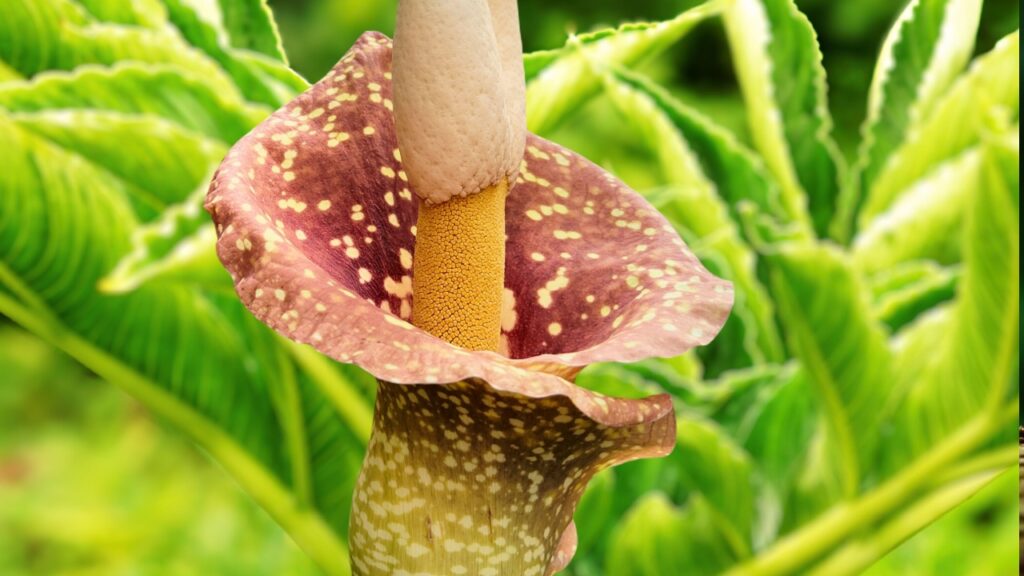
After pollination, the corpse flower produces bright red seeds. These seeds are eaten by birds, which then disperse them through their droppings. This method of seed dispersal helps the plant spread to new areas in its native habitat, ensuring the continuation of the species.
It Has Medicinal Uses
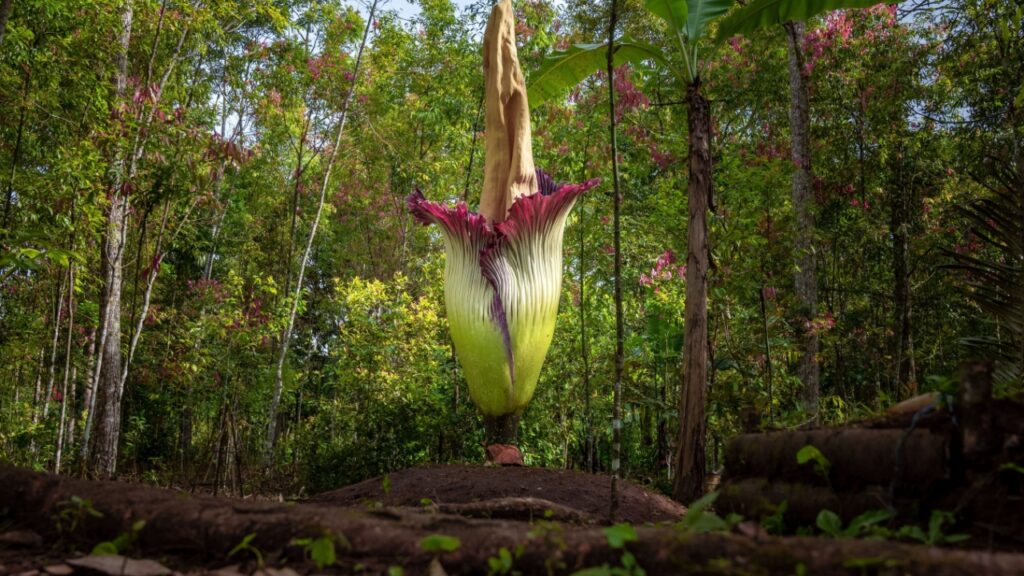
In its native Sumatra, parts of the corpse flower have been used in traditional medicine. The stem and corm (underground plant stem) are sometimes used to treat swelling, while the seeds have been used as a nerve tonic. However, more research is needed to verify these medicinal properties.
It Inspired a Children’s Book

The corpse flower’s unique characteristics have inspired various works of art and literature. One notable example is the children’s book “The Corpse Flower: A Stinky Adventure” by Joyce Sidman. This book introduces young readers to the wonders of this extraordinary plant, sparking curiosity about the natural world.

